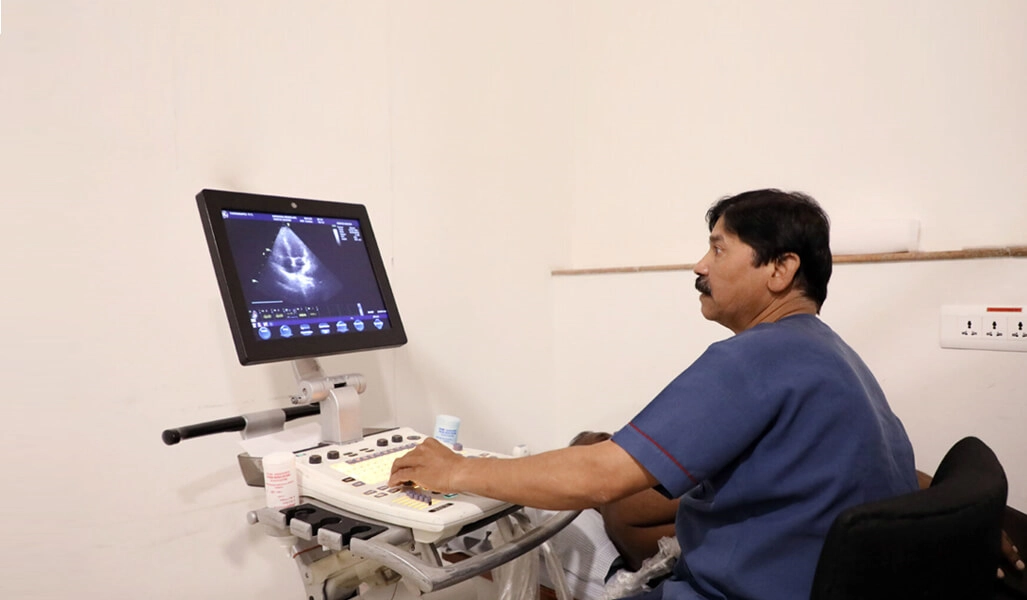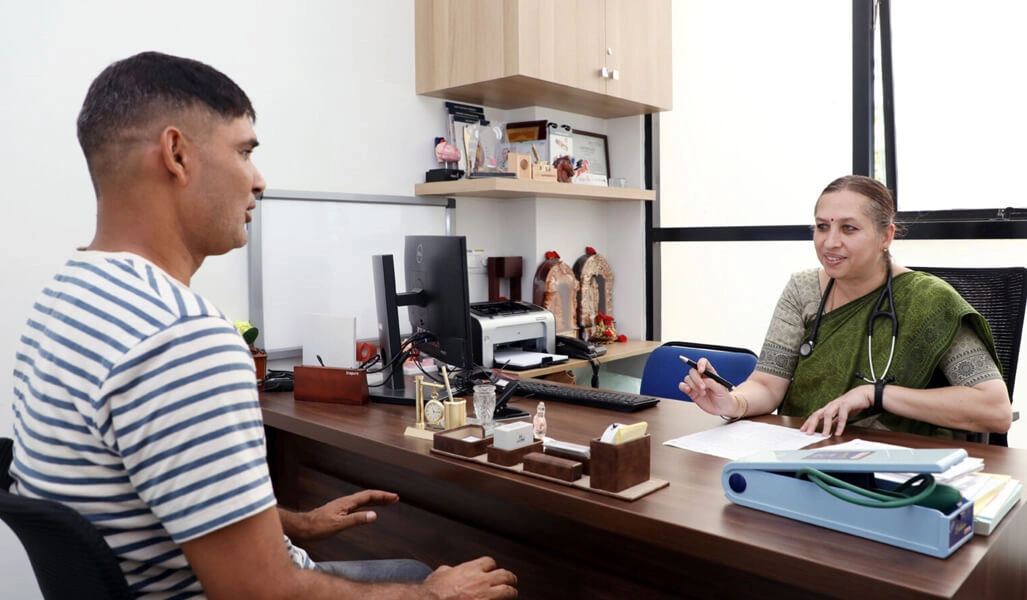Arrhythmia Intervention And Management
Tachyarrhythmias in the form of atrial fibrillation, ventricular tachycardia, AVNRT, WPW syndrome/AVRT etc, can be managed either medically or surgically. The surgical management is done in the form of EP study + RFA(electrophysiological study and radiofrequency ablation), where the abnormal electrical impulses/ pathways causing such tachyarrhythmias are mapped and these areas are ablated using radiofrequency. The EPS+RFA can be done either by 2D or 3D, both of which are available at our centre.


